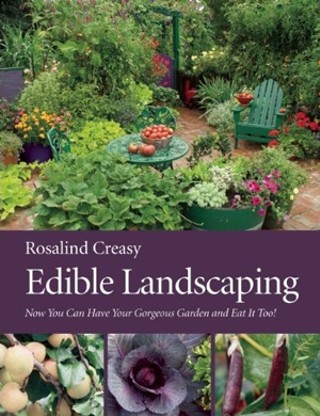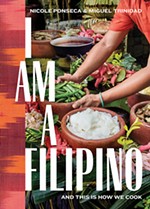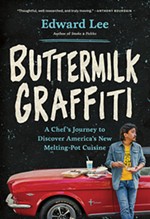Book Review: A Knead To Read
Sit down with a book when it's too hot to cook
Reviewed by Claudia Alarcón, Fri., May 27, 2011

Edible Landscaping
by Rosalind CreasySierra Club/Counterpoint, 384 pp., $39.95
Rosalind Creasy is not a newbie writer jumping on the edible gardening bandwagon: The original edition of her Edible Landscaping was published in 1982 and is considered a groundbreaking classic by gardening experts. Published in 2010, the new edition is improved and updated to include modern design and how-to information, and it's an excellent resource for those of us who want to include more edibles in our landscapes. I have gardened for many years but have always been very traditional in my approach: the herb bed here, the veggies here, ornamental flowers and shrubs here, trees there. After reading through Creasy's pages and looking at the hundreds of color photographs, I am chock-full of new ideas for my garden.
Creasy starts by laying the groundwork with a history lesson on landscaping. Later, she explains in detail how to build the soil, save energy, conserve water, use recycled products, keep the garden properly (and organically) fed and disease-free, and how to use the climate to your advantage. Although she gardens in Northern California, where the climate and species of plants that grow well are different from ours, we don't have to use her exact formula to the letter. I may not be able to grow those gorgeous, hardy kiwi vines on an arbor here, but a thornless variety of blackberry or Blanc du Bois grape will work just fine. The chapters on designing with herbs, vegetables, and fruits offer practical ideas for tucking edibles into the landscape, no matter how big or small the space. The chapter titled "Encyclopedia of Edibles" gives horticultural information, suggested uses, and recommended varieties for dozens of plants. I've started to follow her advice: In keeping with the color theme of my perennial native bed, I added gray-leaved artichokes, which will produce showy, bright-blue flowers if the artichokes are left unpicked, and I'm also using an old steel structure to grow scarlet runner beans. This super useful and beautiful book has inspired me to look at my garden spaces as more flexible canvases, ones that can successfully be filled with a variety of plants for a variety of purposes.










